While it has been awhile since I have penned/typed any updates on the progress of Red Tool House Farm, I tell myself that it is due to the high level of productivity we are achieving here. At least, that is what I tell myself.
Our first attempt at artificial insemination turned out to be highly successful. Both gilts not only produced, they greatly exceeded my expectations of their first farrowing.
It may be best to retell the story of the farrowing and what we did right and what we did wrong. There were certainly some lessons learned.
The gestation of a pig is conveniently 3 month, 3 weeks, and 3 days. With this information, we were able to calculate our due date at June 9th. That was the date that I pinned on the wall and all of my hopes and dreams of becoming more of a farmer. One key item I lacked, however, was a barn to house the pigs in during their farrowing.
While June weather isn’t normally cold here, we can have cool nights and pop-up thunderstorms that can expose piglets to the elements that could cause problems. With four months available to build a barn, I was a little over confident that I would have plenty of time.
Needless to say, on June 8th, I was still working on the barn. With the help of some friends we were able to put the roofing on the completed sections before farrowing began.
The day farrowing began (2 days late thankfully), I went down to the barn at 6am to check on the pigs as was my usual routine that week. The hampshire pig, Abigail, was showing signs of labor. She was on her side, breathing heavily, and really swollen in the “baby gate” area. I figured I had some time so I went to work while giving Kelly instructions to call me if anything “happens”.
At 1:00pm, I get a text from Kelly claiming that “two piglets were out and it was starting to look like the movie alien in the barn!” My typical 45 minute drive home took less time that day.
Upon arriving, I noticed that Abigail was still heavily into labor and there were now four pigs delivered. She appeared to be struggling at time with delivering. I had read that can take up to 45 minutes for the next pig to get into position in the birth canal but if nothing happens by the point, then it is time to “go in”. Not surprisingly, “going in” was not at the top of my list of fun things to do that day. We were even really prepared. We had newspaper delivery gloves and 8 boxes of personal lubricant (no, these were not items randomly pulled from our master bathroom).
On a side note, the 8 boxes of personal lubricant had to be purchased by someone. As a respectable business owner in the community and a deacon of the church, I could not be seen purchasing 8 family-sized boxes of Walmart brand lubricant. What would people say? So, I convinced Kelly to do it. Somehow, it seemed less creepy to me. She was reluctant, of course, for similar reasons.
Trying to help, I suggested not just rolling up to the checkout clerk with only 8 boxes of lubrication in her buggy but disguising her purchase was other items to place in the buggy such as:
A romance movie from the 99 cent movie rack
A box of Little Debbie HoHos
And a six pack of Natural Light beer
This would help keep the awkward stares and snide comments to a minimum. She did not concur with my suggestion. She did, however, run into a friend from high school at Walmart just after she placed the last container of “party in a box” in her buggy. Kelly attempted to explain the situation, but I honestly don’t know which story is more disturbing…
Thankfully, Abigail did not require any assistance and the 8 boxes of personal lubricant remain untouched until the next farrowing or other extra-curricular activities.
The birth of the piglets was absolutely fascinating to watch. Both boys were eager to see the process and despite the “grossness” and repeat statements of “what the heck is that???” they watched intently not wishing to miss any of it. Each piglet was ejected (an appropriate term for this birth) and quickly began to move and free itself from the membrane that surrounded it. Within minutes, it was crawling to the teat to begin nursing.
As a curious farmer, I wanted to be assured that Abigail was producing milk. I tugged on the teat a couple times without any results. I quickly thought of the Ben Stiller movie where he talks about milking a cat. Could I milk a pig? I tried once more using a descending squeezing motion that produced a high pressure stream of milk that shot over my son’s shoulder. So, yes, you can milk a pig.
Abigail finished around 8:00pm that night with 10 healthy piglets. During the waning of Abigail’s farrowing, we noticed that Molly was showing signs of beginning stages of farrowing.
Our plan was to have them both farrow in the newly constructed barn just feet from one another. Evidently, pigs aren’t into close proximity farrowing. Molly was beginning to nest, but was not nesting in the barn.
Pigs nesting is another one of those farm terms that is very literal. Molly picked a low spot on the edge of the woods and began gathering grass, sticks, branches, and anything she could move. She was in full-on beaver mode as she uprooted saplings or chewed them off at the base. At one point, she walked passed us with a huge bundle of long grass in her mouth and spread it out in the nesting area.
While Abigail’s farrowing took many hours, Molly was like a Pez dispenser in the hands of a fat kid. Pink piglets kept shooting out of her with no end in site. At 1:30am, she had her last contraction and 12 identical pink pigs huddled around her teats eager to take their first drink.
The next morning brought new excitement to the farm as well as copious amounts of squealing. The next several weeks would prove to be one of those great memories on the farm. The boys and their friends got to enjoy a gang of playful pigs as they would romp in the hay and chase each other around the barn yard. Both mothers proved to have great instincts and did not crush any of the piglets nor did any of the smaller pigs succumb to ailment.
We had a great bit of help and indirect encouragement from a farm in upstate New York called Chicken Thistle Farm (chickenthistlefarm.com). They produce a weekly podcast that proved to be invaluable to us in learning how to breed pigs. They have had a hard season this year with their pig breeding but will surely rebound well in the next.

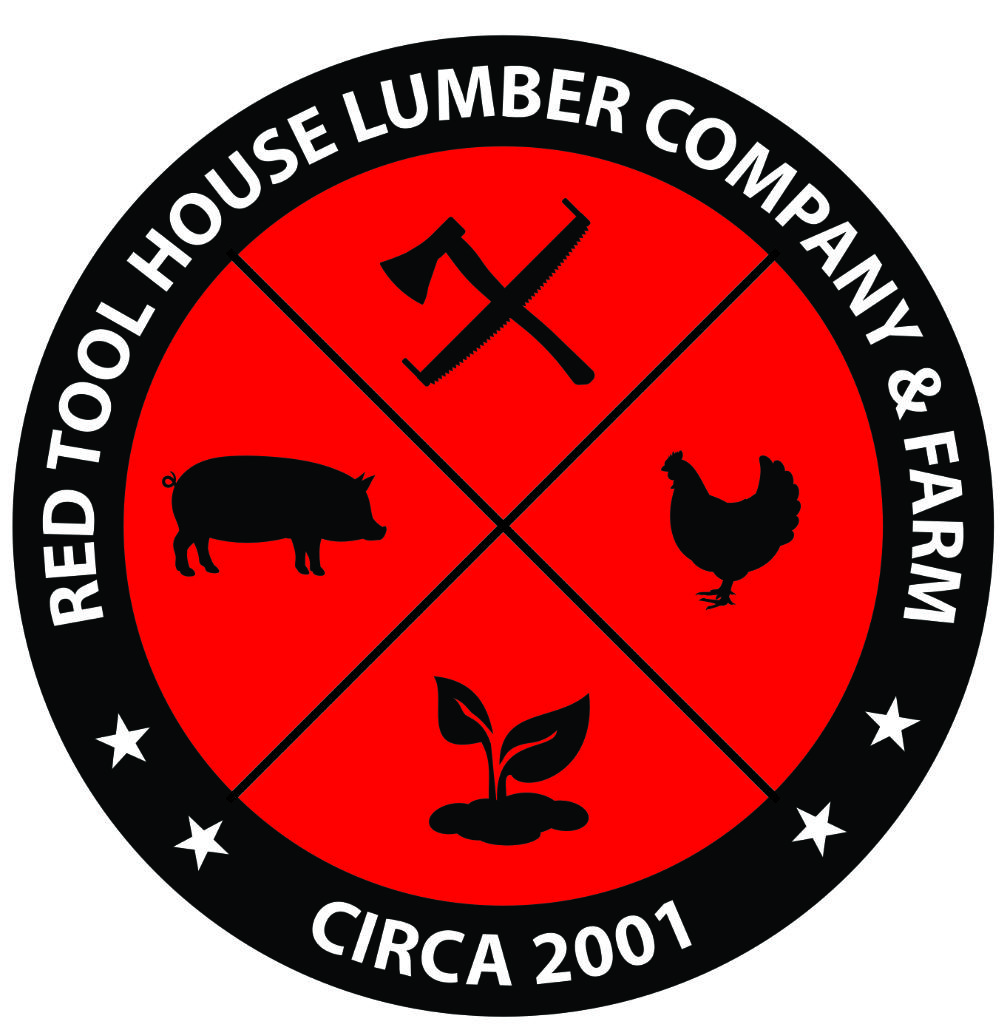

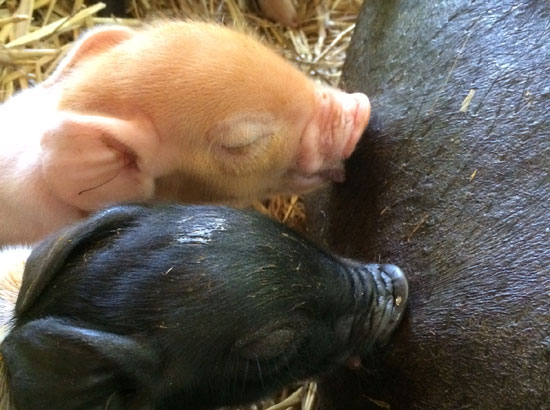

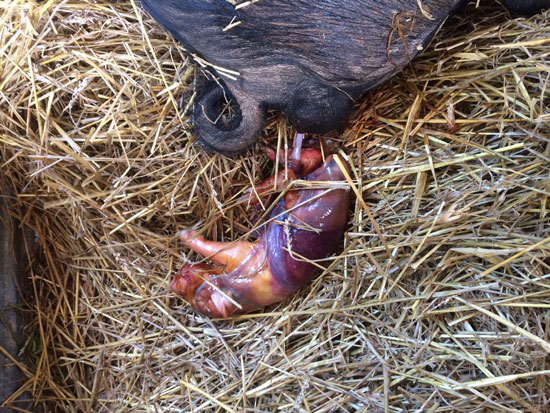
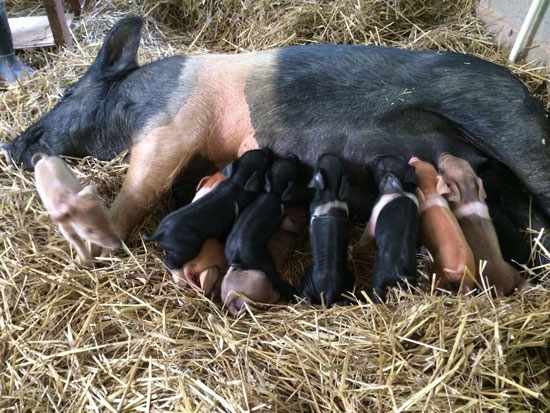
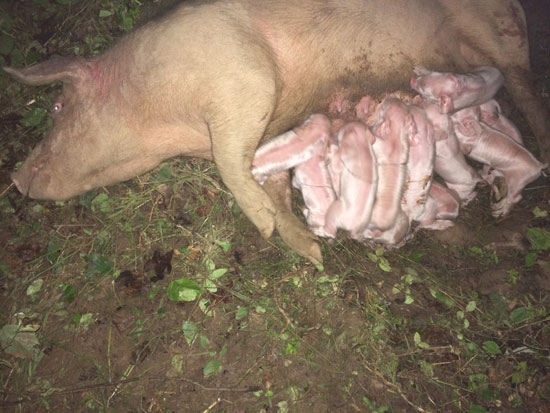
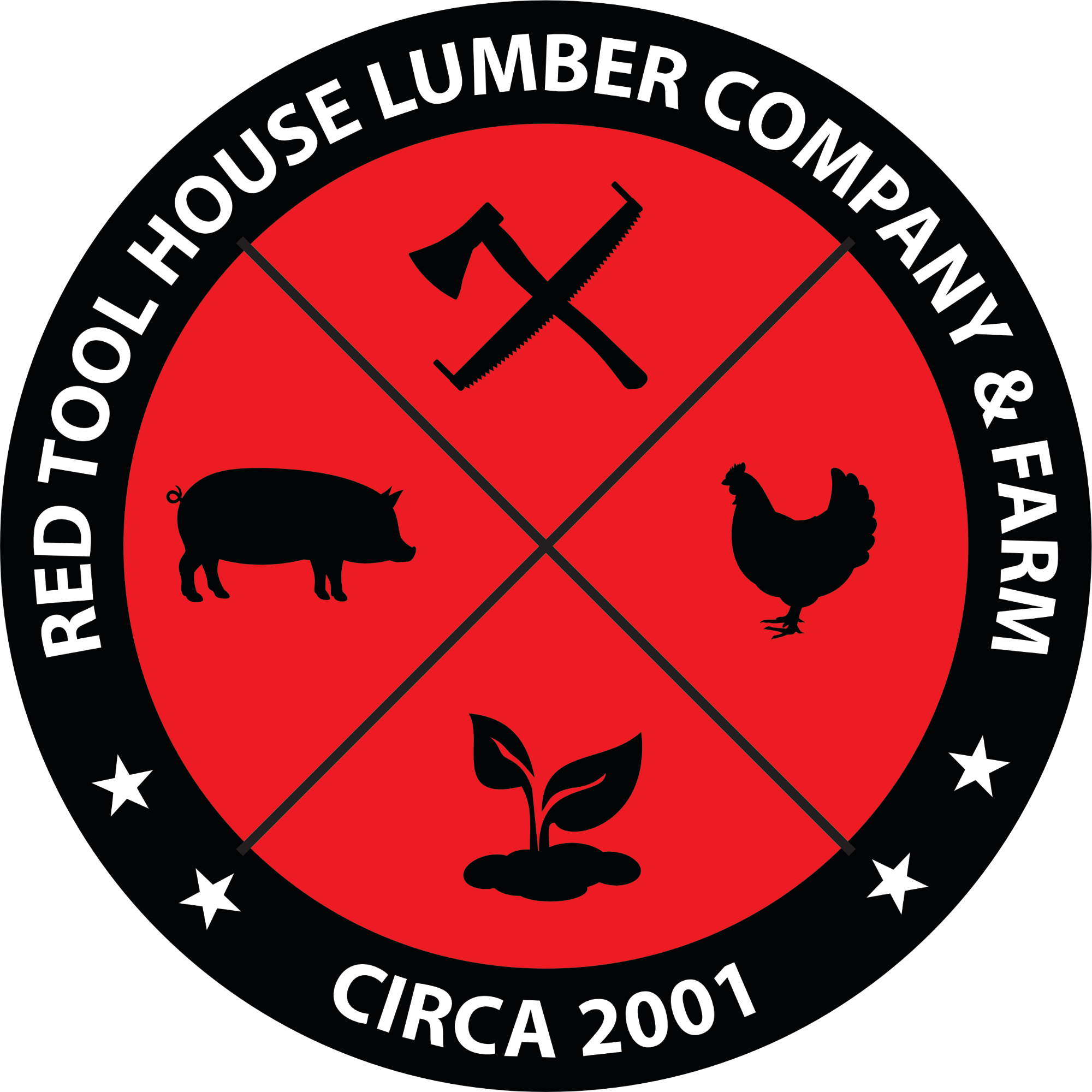
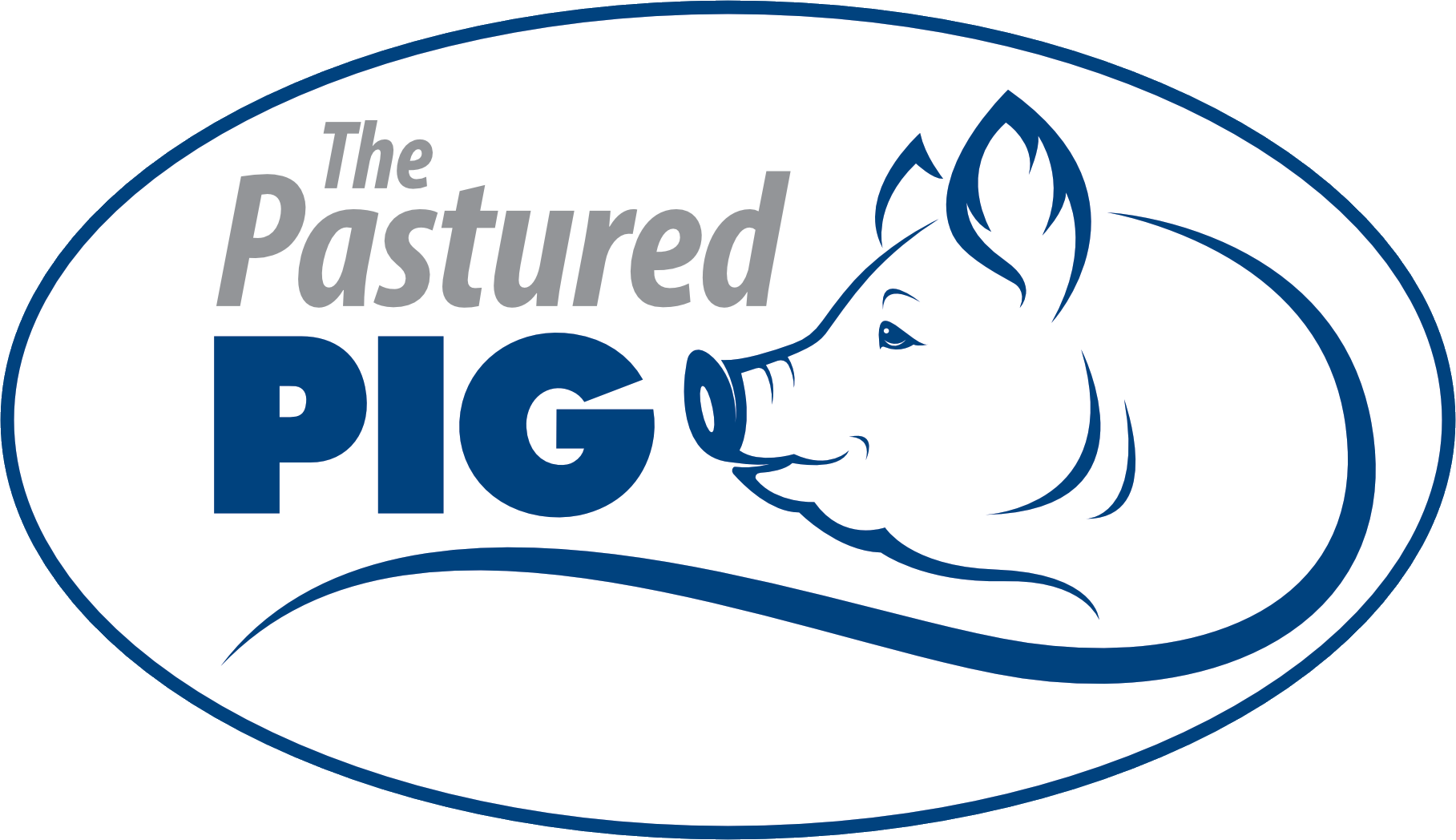
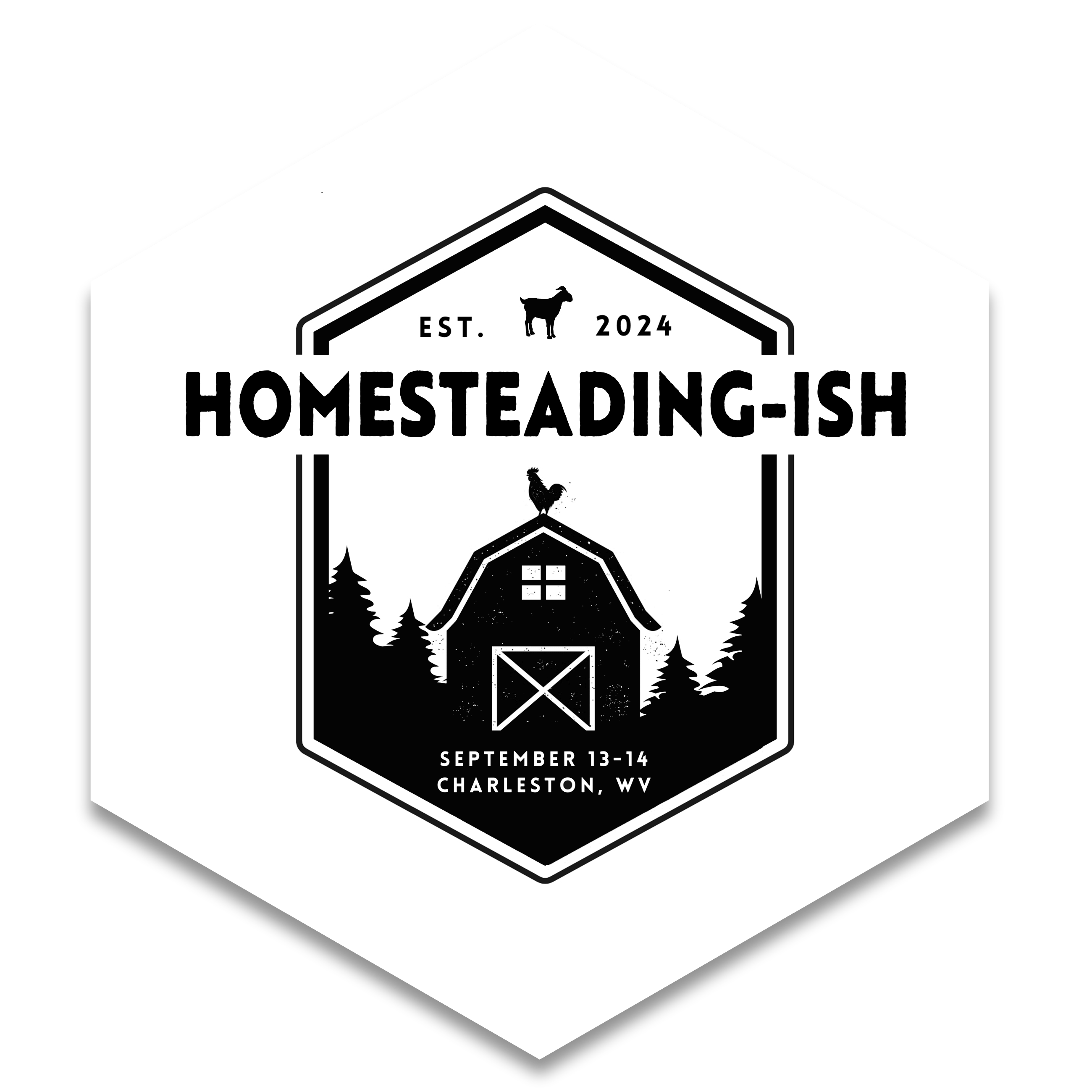
Leave A Comment